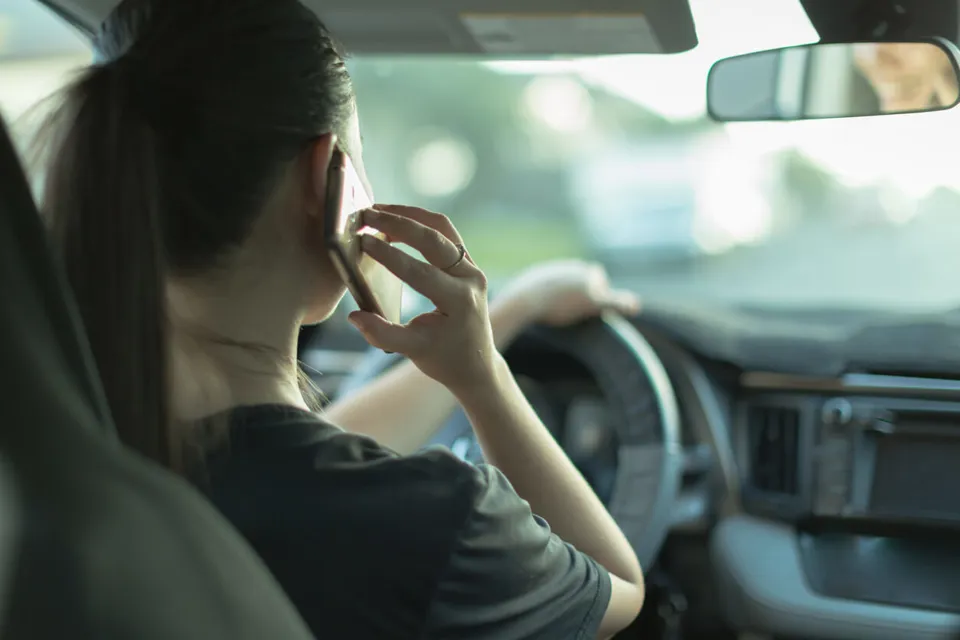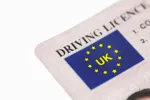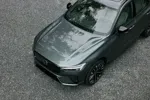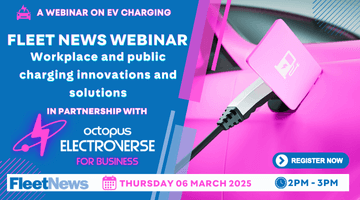Fleet managers are being warned that their drivers face a greater risk of distraction as a result of not being used to the isolation driving requires.
The increased connectivity that mobile phones, texting and email on the move provide is distorting the relationship between the driver and the experience of driving, according to Dr Nick Reed, senior research fellow at the Transport Research Laboratory (TRL).
“Driving is becoming a distraction from life rather than life being a distraction from driving,” explained Reed at TRL’s latest Driving Change seminar.
“Isolating yourself to drive is an unusual experience because you are connected and productive for so much more of the time now.”
The accepted definition of driver distraction is ‘the diversion of attention away from activities required for safe driving due to some event, activity, object or person, within or outside the vehicle’.
Reed explains that distraction sources are slit into six definitions of their own (see box out), with five of the six accounting for 70% of distractions. Meanwhile, external objects, events or activities account for the remaining 30%.
Experiments have shown there is a limit to what an individual can concentrate on and if it becomes more complex it is impossible to maintain a level of performance on a number of tasks.
“In terms of driving, you might miss traffic lights; you might miss events that are happening in the mirrors,” said Reed. “You look at things for less time and less often and have slower reaction times. All those things impact on your ability to drive.”
For all the latest advice and information on fleet management, have a read of our fleet operations section.




















Login to comment
Comments
No comments have been made yet.